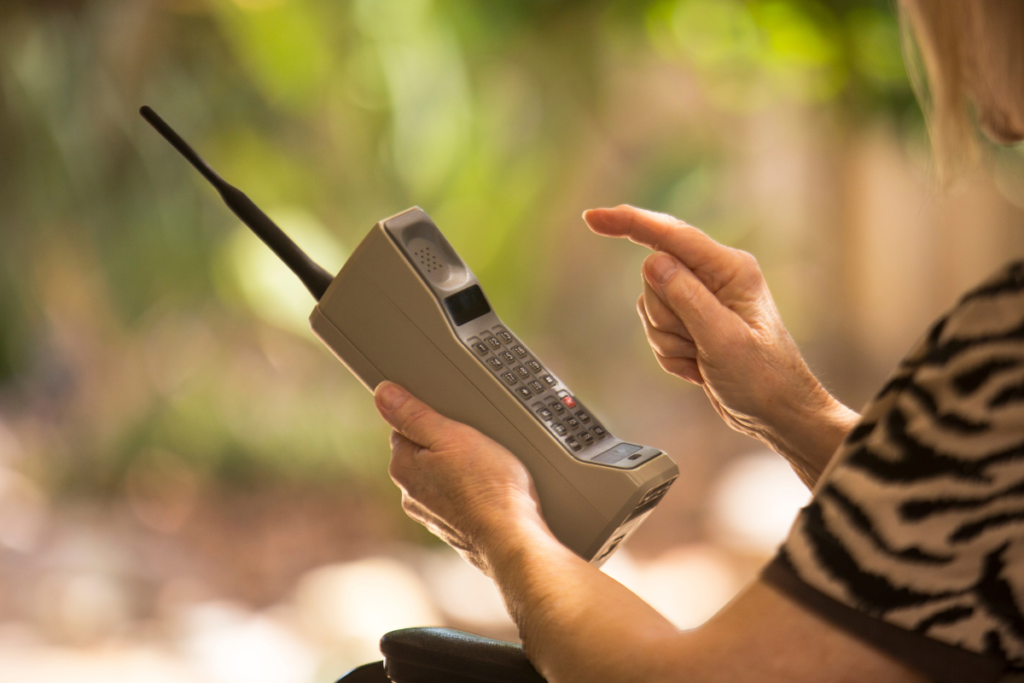As mobile technologies continue to advance, operating systems like Android and iOS continue to evolve, leaving older smartphones behind. Regular operating system updates bring improvements and new features, but they also result in older models gradually becoming obsolete. As newer devices receive these new versions, older devices lose support and become ineligible for future updates. But is this the sign that you should upgrade your device?

Staying Current: Strategies for Older Smartphone Users
While operating system updates cease, many applications still support older models, allowing users to continue enjoying similar functionality as the newer models. Additionally, manufacturers often provide security updates after operating system support ends, protecting users from vulnerabilities.
Read more:
- Android 14 Reveals Secret Feature: Save Memory and Battery
- Safe Cell Phone: GOV.BR launches app to combat cell phone theft and robbery
- Cell Phone: Endless Connection and the Price of Anxiety
Opportunities to Revitalize Your Old Smartphone
Before you decide on a new smartphone, there are several things you can do to revitalize your current device:
- Check for Available Updates: Even though they are older, some devices may still have pending updates.
- Cleaning & Maintenance: Remove unnecessary apps and clean junk files.
- New Launchers: A fresh interface can be obtained by installing a new launcher.
- Root or Custom ROM: For the more technically inclined, these options can give your cell phone a new lease of life.
- Hardware Upgrade: If possible, increase storage or replace the battery.
- Lightweight Apps: Opt for lighter versions of your favorite apps.
When is it time to change?
Despite these strategies, there comes a time when replacing your device becomes inevitable, especially when it approaches the end of support for security updates. At this stage, your smartphone may no longer receive essential updates, not even for popular apps.
The Future of Smartphones and Extended Support
Fortunately, the situation is changing. Manufacturers are extending the support period for their devices, especially in the premium segments. For example, Google's Pixel 8 promises updates until 2030, and the Samsung Galaxy S23 FE, a mid-range/high-end model, is expected to receive Android system updates until 2026.
In short, if your old smartphone still meets your basic needs and continues to receive security updates, you may not need to replace it immediately. However, with technology constantly evolving and manufacturers offering increased support, upgrading to a newer model may be a more viable option in the long run.



